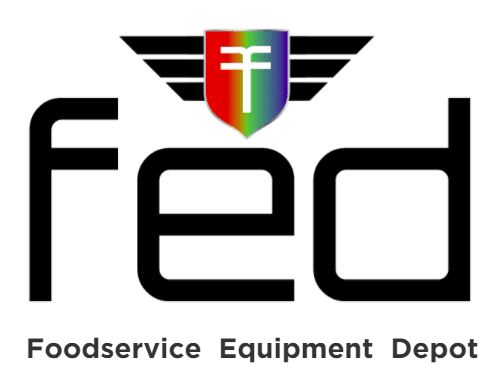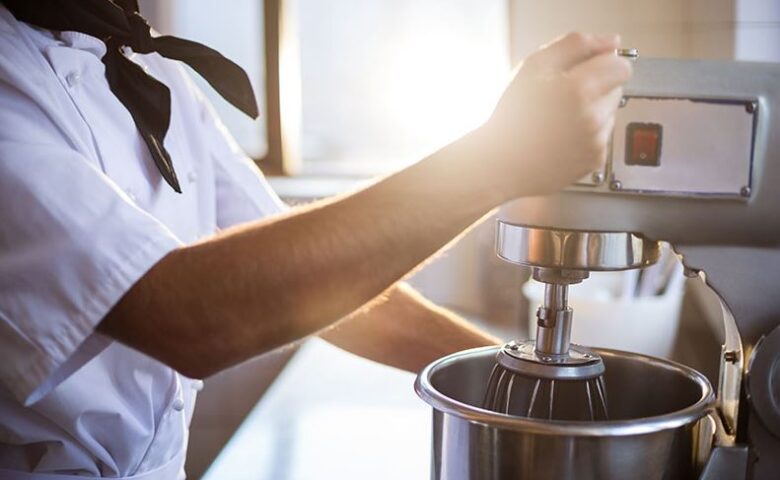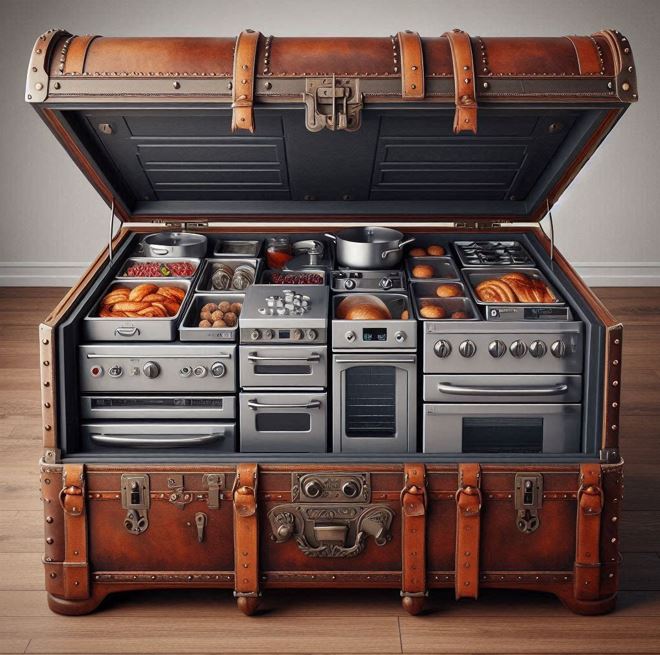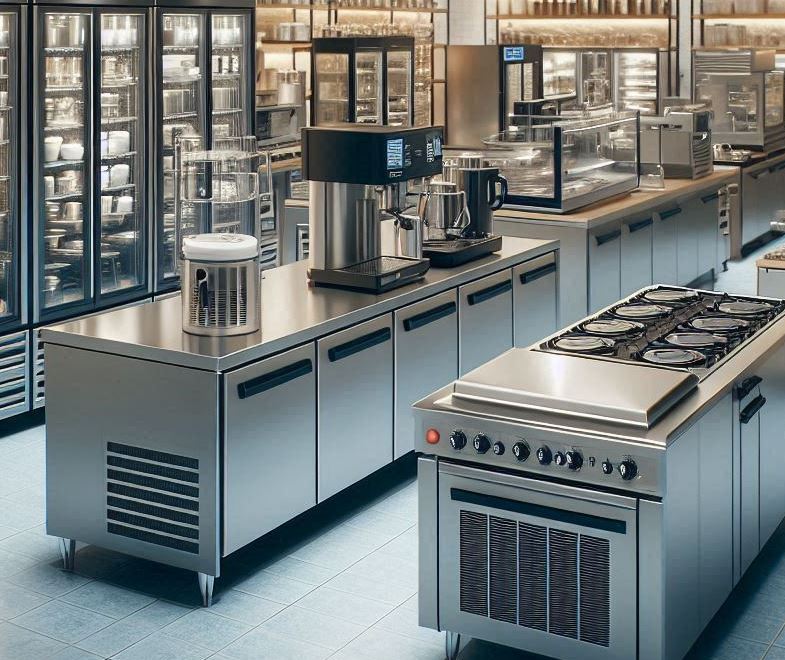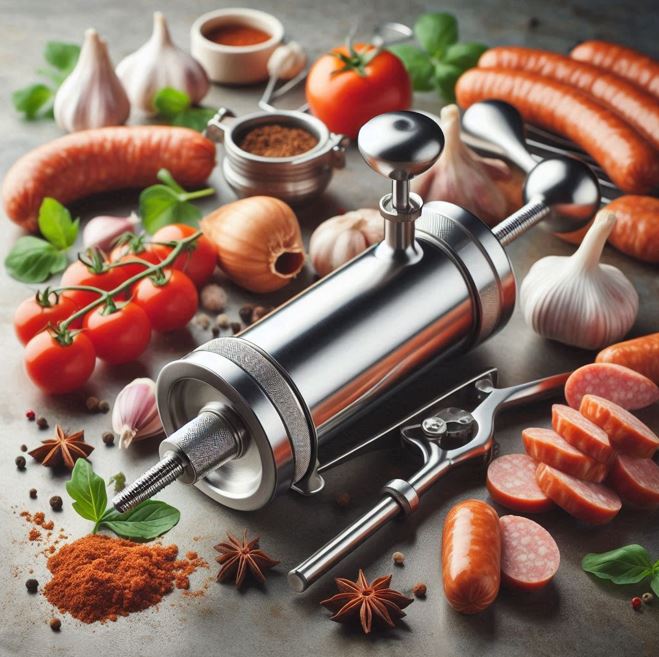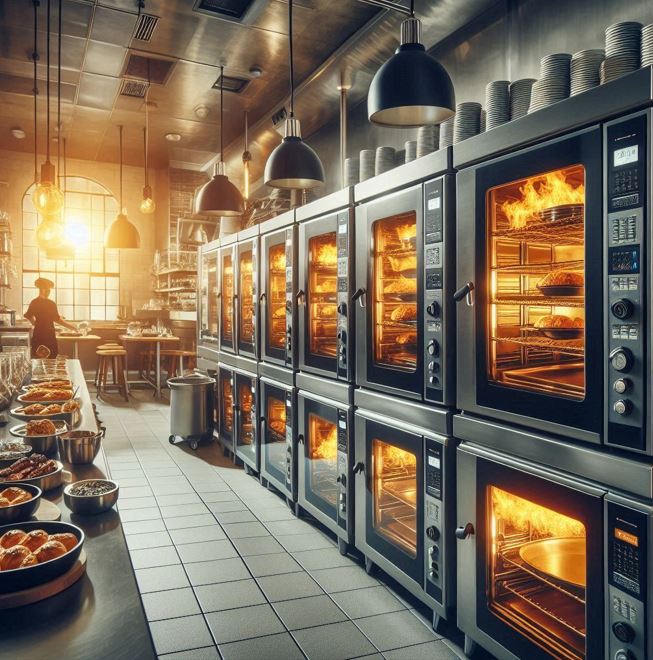Having the appropriate instruments on hand may have a major impact on efficiency, consistency, and quality in the hectic world of commercial cooking. A sturdy commercial mixer is an essential tool for combining components for a wide range of recipes. But how can you pick the ideal model for your kitchen when there are so many different types on the market? To assist you in making a wise choice, let’s examine the various types of commercial mixers in more detail.
Planetary Mixers: One of the most popular and adaptable kinds of commercial mixers is the planetary mixer. They have a stationary bowl with a rotating mixing attachment that revolves in a planetary motion around the interior of the bowl (often a beater, whisk, or dough hook). For mixing a variety of ingredients, such as mashed potatoes, pizza dough, and cake mixes and cookie dough, planetary mixers are the best tool. They are a popular option for bakeries, restaurants, and other food service establishments since they are available in a variety of sizes and configurations to meet diverse production needs.
Spiral Mixers: A vital piece of equipment for bakeries and pizzerias, spiral mixers are made expressly for mixing and kneading yeast dough. Spiral mixers are different from planetary mixers in that they have a fixed bowl and an agitator in the shape of a spiral that turns the dough and the bowl simultaneously. This special mixing technique guarantees full and even kneading, which produces well-developed gluten and a constant dough texture. Spiral mixers come in a variety of sizes to suit both large-scale manufacturing plants and small artisan bakeries.
Horizontal Mixers: Often employed in commercial food processing operations, horizontal mixers—also referred to as paddle mixers or ribbon mixers—are used to combine dry or semi-liquid components. They have a mixing chamber that is horizontal and trough-shaped, with paddles or ribbons that revolve on a horizontal axis. For mixing a broad range of materials, such as powders, granules, pastes, and doughs, horizontal mixers are appropriate. They are frequently used for tasks like blending dry materials, combining spices, and making dough for pastries and other items.
Vertical Mixers: Using a vertical, cylindrical chamber, vertical mixers are intended to mix and blend substances. Usually, they have one or more rotating mixing shafts with blades or agitators inside the chamber. In sectors where accurate mixing and consistent blending are crucial, like pharmaceuticals, chemicals, and cosmetics, vertical mixers are frequently utilized. They can be tailored with different mixing attachments to fit certain manufacturing requirements and can handle a wide variety of viscosities.
The best commercial food mixer for your kitchen will ultimately depend on the kinds of recipes you’ll be preparing, the volume of production, and your own demands. There is a commercial mixer out there to assist you optimize your processes and get reliable results, whether you’re combining ingredients for sauces, kneading dough for bread, or mixing batter for cakes. You can make an informed choice and invest in a mixer that will satisfy your culinary needs for many years to come by being aware of the various types of commercial food mixers that are available as well as their corresponding features and capabilities.
Purchase All Your Commercial Kitchen Equipment From The FED (Foodservice Equipment Depot)
Explore our diverse selection of high-quality commercial kitchen equipment for all your culinary needs. Enjoy a seamless online ordering experience, ensuring fast and frictionless access to professional-grade food service equipment. Shop at our Restaurant Supply Online Store.
